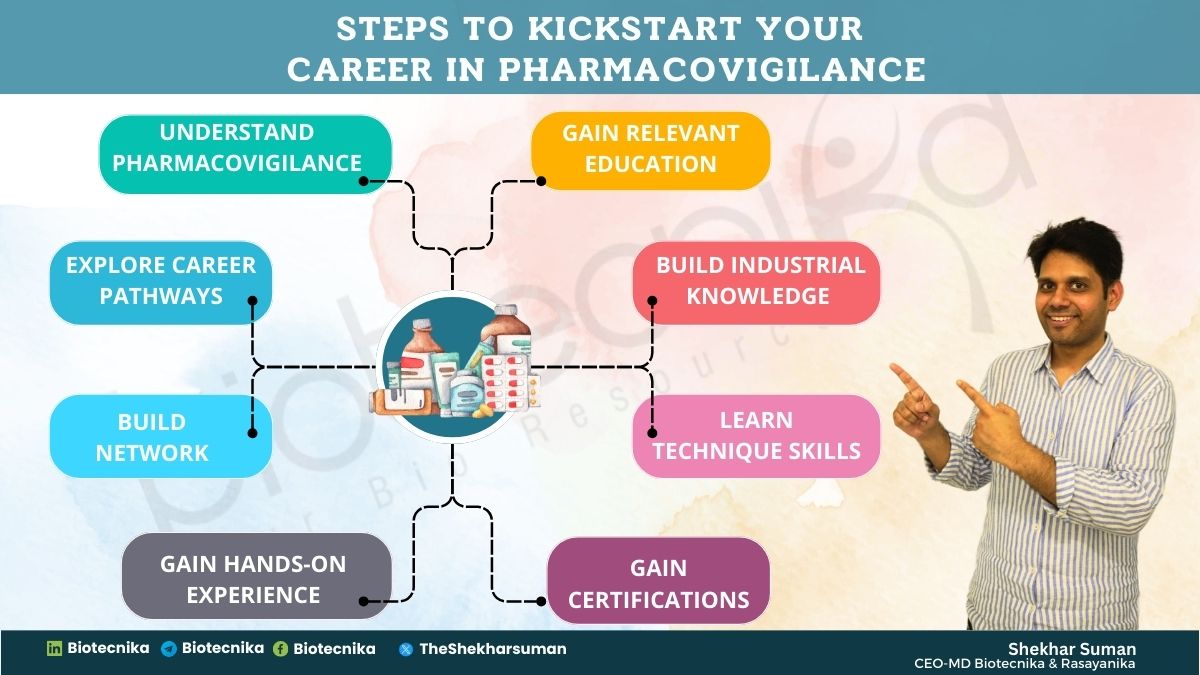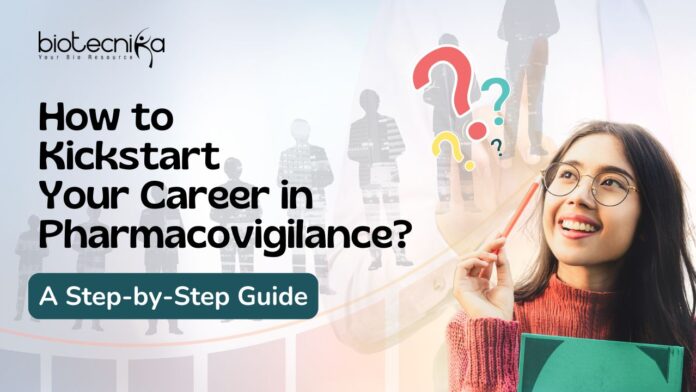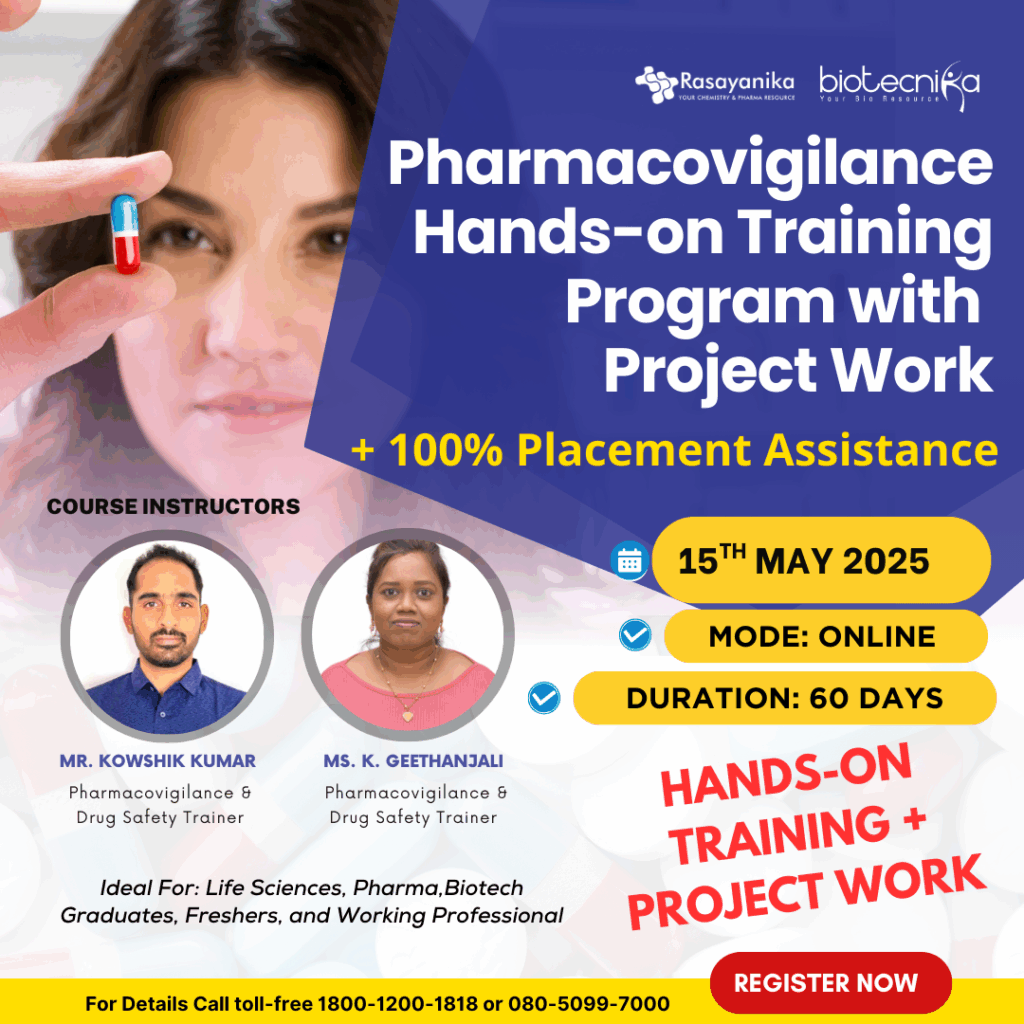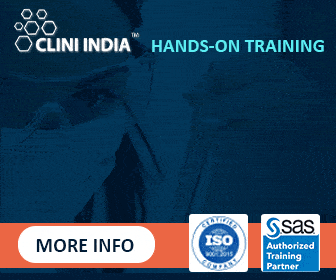Career in Pharmacovigilance
Millions of people rely on medications to fight against deadly diseases. But what if, behind the scenes, these medications were causing harm that no one knew about? That’s where the field of pharmacovigilance steps in—the silent guardians of public health, ensuring that each drug reaching the public is not only effective but also safe.
Pharmacovigilance is a career that few know about, yet it is essential to the healthcare industry. If you have ever wondered how to make an impact on global health without being directly involved in clinical care, then pharmacovigilance might be the perfect path for you.
In this guide, we’ll walk you through everything you need to know about starting your career in pharmacovigilance—an exciting, challenging, and incredibly rewarding field. Ready to take the first step? Let’s get started.
Table of Contents
Understand Pharmacovigilance
Before beginning your pharmacovigilance journey, it is important to understand what pharmacovigilance entails and the expectations from a professional in this field. Pharmacovigilance is the science of collecting, analyzing, and preventing adverse effects of drugs. This vital field of pharma helps ensure the safety and effectiveness of our medications and plays an important role in public health.
In India, drug safety regulations are monitored by the World Health Organization (WHO) and the Central Drugs Standard Control Organization (CDSCO). Pharmacovigilance professionals work in pharmaceutical companies, regulatory agencies, contract research organizations (CROs), and hospitals. Their primary responsibilities include:
- Monitoring and reporting Adverse Drug Reactions (ADRs)
- Conducting risk assessments
- Ensuring regulatory compliance
- Managing drug safety databases
Gain Relevant Education
Now that you understand what pharmacovigilance is, let’s begin your pharmacovigilance journey. To build a successful career, you need a strong foundation. With proper guidance and the right educational institute, you can ace your career.
To pursue a career in pharmacovigilance, here are some of the educational paths you can follow:
- Pharmacy (B. Pharma, M. Pharma): Gain a deeper understanding of drug formulations and safety.
- Life Science (B.Sc. and M.Sc. in Biotechnology, Microbiology, Biochemistry, or any other related life science subject): Provides knowledge of biological and chemical processes.
- Medicine (MBBS, BDS, BHMS, BAMS): Analyze the impact of drugs on human health.
- Clinical Research and Pharmacology: Specialized courses focusing on drug development and clinical trials.
Top International Pharmacovigilance Institutions
To succeed in pharmacovigilance, it’s important to be aware of the major international organizations responsible for drug safety and monitoring across the world. Below is a list of key pharmacovigilance institutions globally recognized for their contributions to drug safety and public health.
| Institution | Country/Region | Key Role |
|---|---|---|
| Uppsala Monitoring Centre (UMC) | Sweden | WHO Collaborating Centre for International Drug Monitoring; maintains the global pharmacovigilance database VigiBase. |
| World Health Organization (WHO) – Programme for International Drug Monitoring (PIDM) | Global | Coordinates global drug safety initiatives and collaborates with national centers worldwide. |
| European Medicines Agency (EMA) | European Union | Oversees pharmacovigilance activities across EU countries via the EudraVigilance system. |
| U.S. Food and Drug Administration (FDA) – MedWatch Program | United States | Collects adverse event reports and manages post-marketing surveillance of drugs and medical products. |
| Pharmaceuticals and Medical Devices Agency (PMDA) | Japan | Conducts pharmacovigilance, regulatory reviews, and risk management of drugs and devices in Japan. |
| Health Canada – Canada Vigilance Program | Canada | Manages adverse reaction reporting and post-market safety monitoring for drugs and health products. |
| Medicines and Healthcare products Regulatory Agency (MHRA) | United Kingdom | Regulates and monitors the safety, quality, and efficacy of medicines and healthcare products in the UK. |
| Therapeutic Goods Administration (TGA) | Australia | Oversees pharmacovigilance activities and manages adverse event reporting for medicines, vaccines, and medical devices. |
| Swissmedic | Switzerland | Responsible for drug safety, regulatory approvals, and pharmacovigilance activities in Switzerland. |
| National Pharmacovigilance Centre (NPVC) – Saudi FDA | Saudi Arabia | National center responsible for monitoring, assessing, and reporting adverse drug reactions in Saudi Arabia. |
| Central Drugs Standard Control Organization (CDSCO) – PvPI | India | Coordinates pharmacovigilance activities through the Pharmacovigilance Programme of India (PvPI), collaborating with WHO-UMC globally. |
Build Industry-Specific Knowledge
Beyond textbooks, you need to understand the pharmaceutical industry. Pharmacovigilance professionals should have knowledge of industrial regulations, drug development, safety regulations, and industry standards.
You should be familiar with:
-
Drug Development Process: Understanding the journey of a drug from discovery to market approval, including preclinical research, clinical trials, regulatory approval, and post-market surveillance.
-
Regulatory Guidelines:
-
Good Pharmacovigilance Practices (GVP): Best practices ensuring drug safety.
-
US FDA Regulations: U.S. Food and Drug Administration rules for drug safety.
-
European Medicines Agency (EMA) Guidelines: European regulatory requirements.
-
Indian PV Guidelines (CDSCO): India’s regulatory framework for drug monitoring.
-
-
Medical Terminologies: Mastering medical vocabulary, particularly MedDRA (Medical Dictionary for Regulatory Activities), is essential for accurate adverse event reporting and drug safety analysis.
By understanding these areas, professionals can ensure compliance, manage risks, and contribute to patient safety effectively.

List of Technical Skills Required for Pharmacovigilance
Pharmacovigilance requires a combination of technical and analytical skills. These skills help in assessing data, identifying patterns, and ensuring the safety of drugs on the market.
- Case Processing: Handling Individual Case Safety Reports (ICSRs) to document adverse drug reactions. Professionals must accurately collect, assess, and report these cases to regulatory authorities.
- Signal Detection: Identifying patterns or trends in adverse event reports by analyzing large datasets.
- Literature Review: Monitoring scientific literature for new safety information to stay updated on emerging drug safety issues.
- Regulatory Reporting: Ensuring compliance with global regulations by submitting safety data to agencies such as the FDA, EMA, and CDSCO.
Software Knowledge: Proficiency in drug safety software, including:
- Oracle Argus Safety
- ArisG
- VigiFlow
Mastering these skills is essential for excelling in pharmacovigilance roles and ensuring patient safety.
Relevant Pharmacovigilance Certifications
Certifications are essential for boosting credibility and job prospects in pharmacovigilance. Here are some recognized certifications:
- Postgraduate Diploma in Pharmacovigilance (PGDPV): In-depth knowledge of drug safety, case processing, regulatory compliance, and risk assessment. Offered by institutes like IGMPI and IICR.
- Certified Professional in Pharmacovigilance (CPPV): Validates expertise in adverse drug reaction monitoring, signal detection, and compliance with global regulations.
- ICH-GCP Certification: Ensures understanding of clinical trial ethics, safety protocols, and regulatory obligations related to pharmacovigilance.
- Drug Safety and Pharmacovigilance Certificate from DIA: Covers drug safety concepts, risk management, and regulatory requirements.
- MedDRA Training Courses: Enhances accuracy in case processing and regulatory submissions through standardized terminology training.
Obtaining these certifications significantly improves career opportunities in pharmacovigilance.
How to Gain Hands-on Experience?
Practical experience is essential for building a strong foundation in pharmacovigilance. Here are ways to gain experience:
- Internships: Offered by pharmaceutical companies, CROs, and regulatory bodies, providing exposure to case processing and regulatory compliance.
- Entry-Level Jobs: Positions such as Drug Safety Associate (DSA) or Pharmacovigilance Associate involve handling individual case safety reports and ADR monitoring.
- Clinical Research Organizations (CROs): Companies like IQVIA, Parexel, and Covance offer structured training programs and entry-level roles.
- Freelance Work: Some organizations offer freelance opportunities in case processing, medical writing, and pharmacovigilance auditing through LinkedIn or specialized freelancing platforms.
Get Trained in Pharmacovigilance with Biotecnika!
Next Batch Starts: May 15, 2025
Limited Seats! Register Now: https://btnk.org/PV-training-project
Chat with a PV Expert: https://btnk.org/contact-PV-Expert
100% Online | Duration: 60 Days
Beginner-friendly – Perfect for Freshers!
What’s Included:
✅ Hands-on Project Work
✅ 100% Placement Assistance
Build your career in Pharmacovigilance from scratch!
Network Within the Industry
Networking is essential for career growth. It helps professionals find job opportunities and stay informed about industry trends.
- Joining Professional Associations: Organizations like ISoP and PvPI offer webinars, workshops, and networking opportunities.
- Attending Conferences and Webinars: Events organized by the Drug Information Association (DIA) and other leaders provide insights into regulatory updates and trends.
- Using LinkedIn: Engaging with industry professionals, recruiters, and experts can help with job searches and mentorship opportunities.
Explore Career Pathways in Pharmacovigilance
Pharmacovigilance offers several career pathways, including:
| Career Role | Primary Responsibilities |
|---|---|
| Drug Safety Associate (DSA) | Adverse event reporting |
| Pharmacovigilance Scientist | Signal detection and risk assessment |
| Signal Detection Specialist | Identifying patterns in ADRs |
| Regulatory Affairs Specialist | Ensuring compliance with drug safety laws |
| Medical Reviewer | Reviewing and validating safety reports |
| Risk Management Specialist | Developing safety and risk mitigation strategies |
Challenges
While pharmacovigilance is a rewarding career, it comes with challenges:
- Regulatory Changes: Constantly evolving drug safety laws require professionals to stay updated.
- Data Management: Handling large volumes of safety reports can be overwhelming.
- Timely Reporting: Meeting strict deadlines for regulatory submissions.
- Workload Pressure: High expectations for accuracy and compliance due to tight submission schedules.
Tips for Success
To thrive in your pharmacovigilance career, consider the following suggestions:
- Be Alert: Stay updated on regulatory changes and industry trends.
- Polish Your Skills: Learn the latest pharmacovigilance programs and tools.
- Work on Communication: Report clearly and document precisely.
- Further Your Training: Pursue a Master’s degree or advanced certifications.
- Attention to Detail: Precision is crucial for pharmacovigilance reports.
Conclusion
A career in pharmacovigilance is intellectually rewarding and impacts millions of lives worldwide. By following the methods outlined in this guide, gaining the necessary knowledge, developing the required skill set, and acquiring hands-on experience, you can succeed in this critical field.
Though the path forward may seem challenging, with determination, the right credentials, and a proactive networking approach, you can open doors to exciting opportunities.
The field of pharmacovigilance has a lot to offer to beginners and seasoned professionals alike. What are you waiting for? Seize the day and start your journey toward making a real difference in global health and drug safety.


































